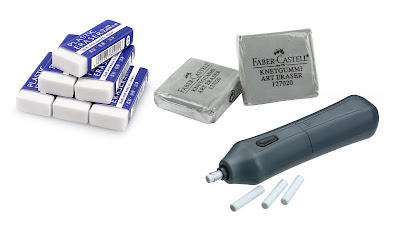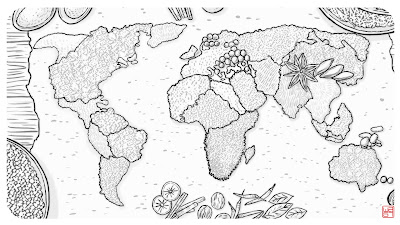Pencils
2B and 6B lead pencils are the most frequently utilized pencils in creating layouts, with numerous brands available in the market. It's advisable to purchase a few different brands and experiment with them to find the one that feels soft to the touch. Some artists prefer to use 'clutch-pencils' that can be recharged as needed. Ultimately, personal preference is the deciding factor, as there is no significant advantage of one type over another.
Charcoal
Experiment with charcoal sticks, compressed charcoal, or charcoal pencils. While they may create a bit of a mess, they allow for quicker creation of thumbnails and sketches compared to using a lead pencil. Numerous brands are available in the market. Don't forget about graphite as well.
Crushed pencil or graphite powder can be applied in layers using tissue. It has the potential to create beautiful tonal work, but may cause some discomfort as it tends to get into your nose. Typically, graphite powder is available in a bottle.
Animation paper comes in various grades in the market. Typically, you should use at least two blank sheets on top of each other to create an image. Avoid using cartridge paper for layouts, as it can make it challenging for background artists to trace through. A3 or A4 photocopy paper won't produce the same results as animation paper since it's designed for a specific purpose other than drawing. Animation paper typically comes in standard sizes such as 12 field and 15 or 16 field.














































.jpg)
.jpg)
